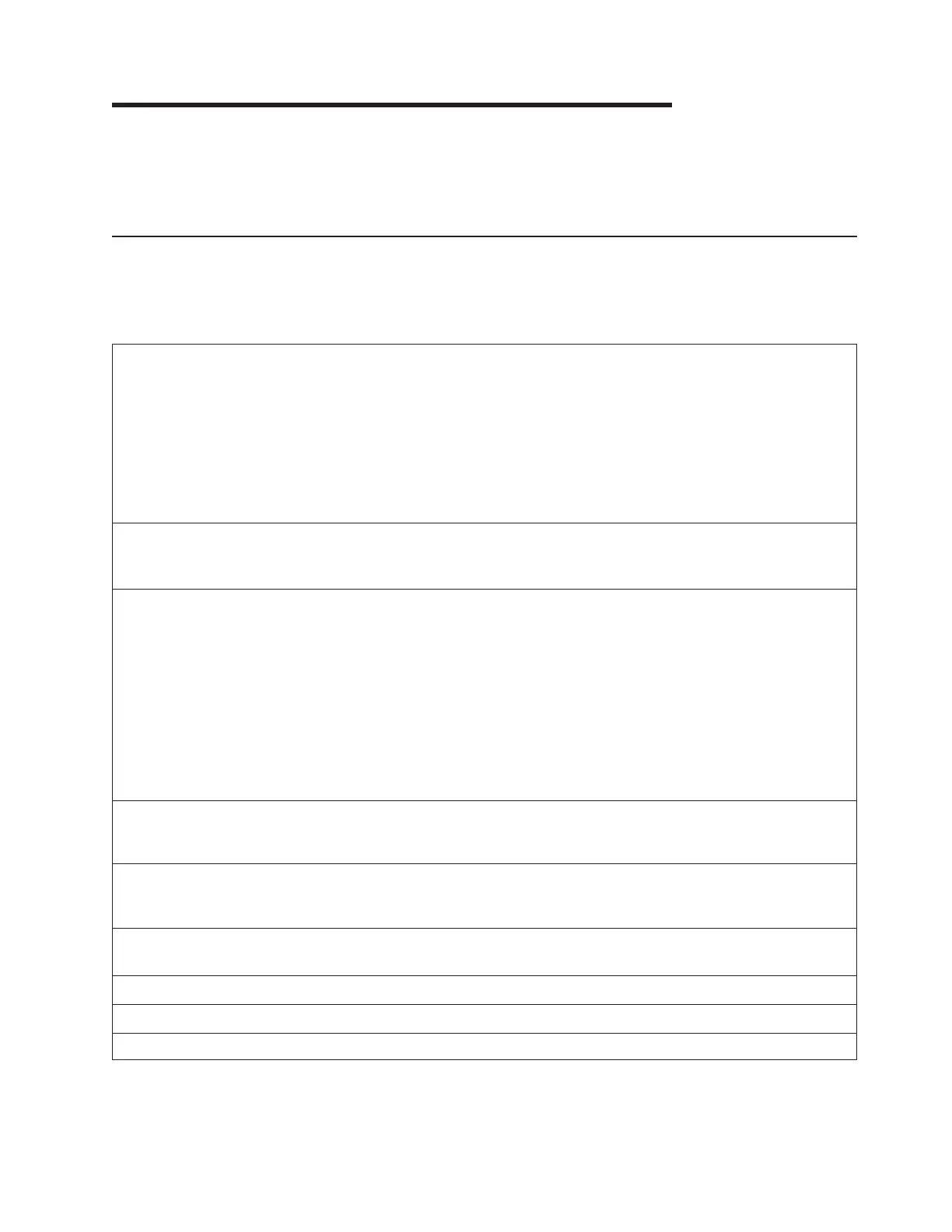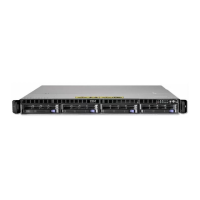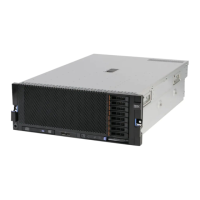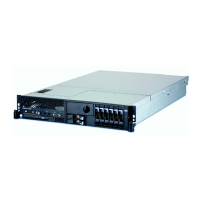Chapter 4. Physical Characteristics of Displays
This chapter provides the physical characteristics for some of the displays that can be used with the
systems. The following information can help you plan for your displays. You need only do physical
planning for the displays you have ordered.
POWERdisplay 17 and POWERdisplay 20
POWERdisplay 17 with a maximum viewable image size of 409 mm (16.1 inches) measured diagonally.
POWERdisplay 20 with a maximum viewable image size of 486 mm (19.1 inches) measured diagonally
Dimensions
POWERdisplay 17
Height 414 mm 16.3 in
Width 404 mm 15.9 in
Depth 450 mm 17.7 in
POWERdisplay 20
Height 474 mm 18.6 in
Width 480 mm 18.9 in
Depth 505 mm 19.9 in
Weight
POWERdisplay 17 22.5 kg 49.5 lbs
POWERdisplay 20 30.0 kg 66.3 lbs
Electrical
Power source loading .38
(typical in kVA)
Voltage range (V ac) 100 to 120 or 200 to 240 (autoranging)
Frequency (hertz) 50 or 60
Thermal output
(typical)
480 Btu/hr
Power requirements
(typical)
140 watts
Power factor 0.7
Maximum altitude 3048 m (10,000 ft.)
Temperature
Requirements
Operating
10 to 40°C
(50 to 104°F)
Non-Operating
1 to 60°C
(35 to 140°F)
Humidity
Requirements
Operating Non-Operating
(Noncondensing) 8 to 80 % 8 to 80 %
Noise Emissions* Operating Idle
L
WAd
3.5 bels 3.5 bels
Clearances Front Back Left Right
Service Install so that air vents are not blocked.
* See “Noise Emission Notes” on page 336 for definitions of noise emissions positions.
221

